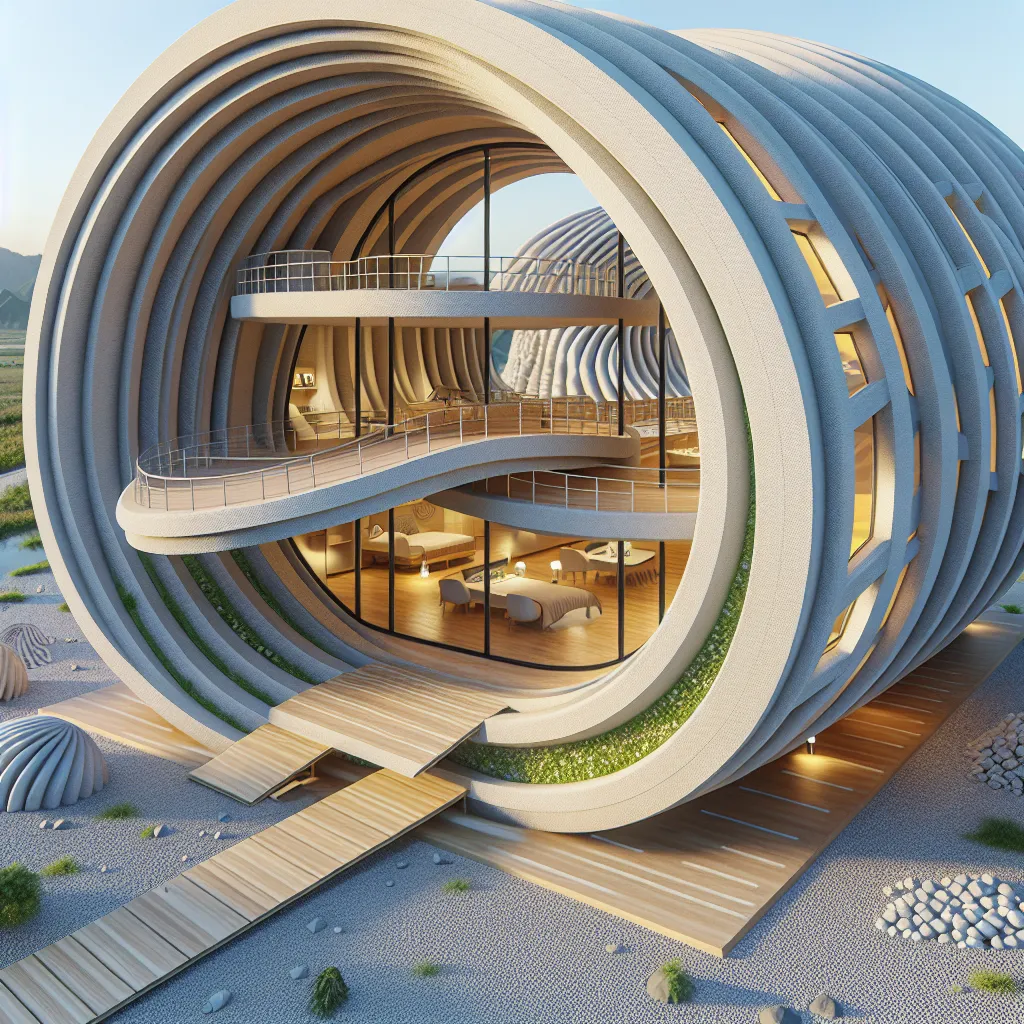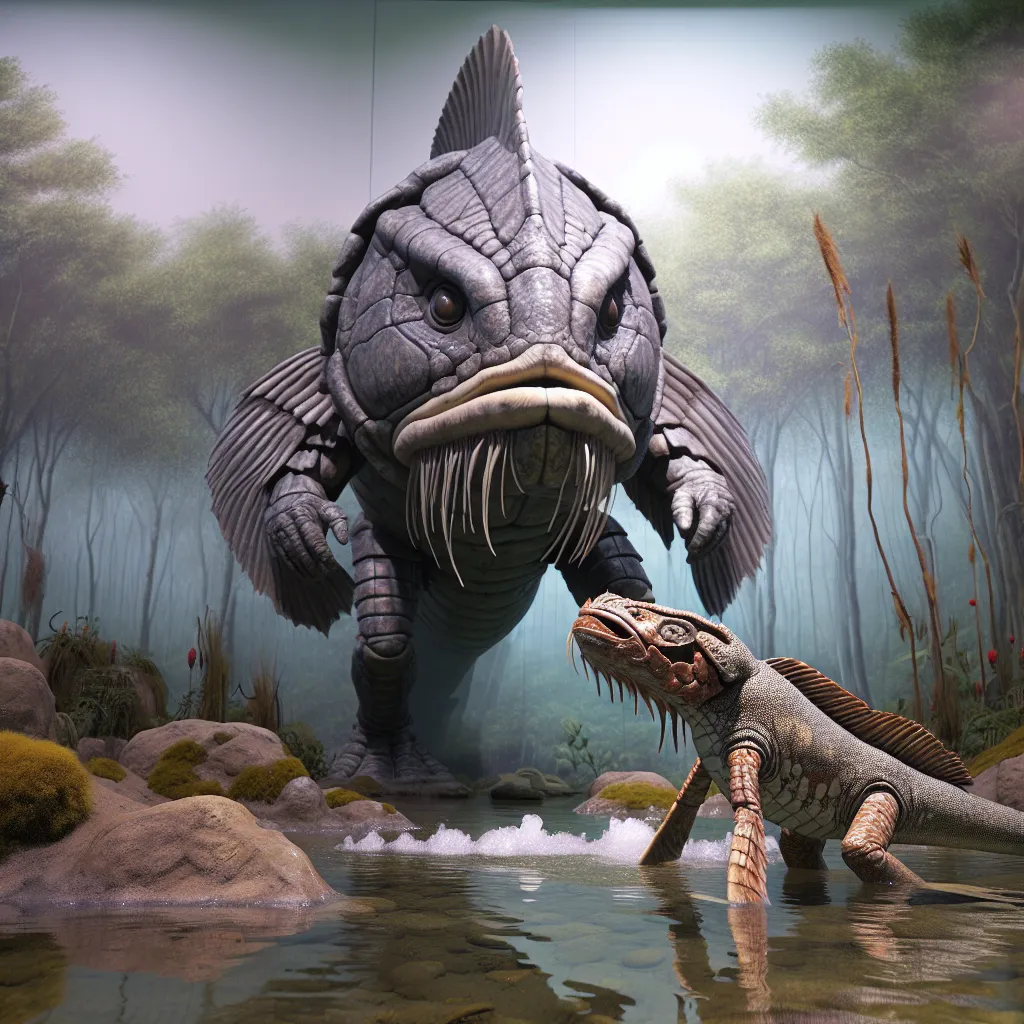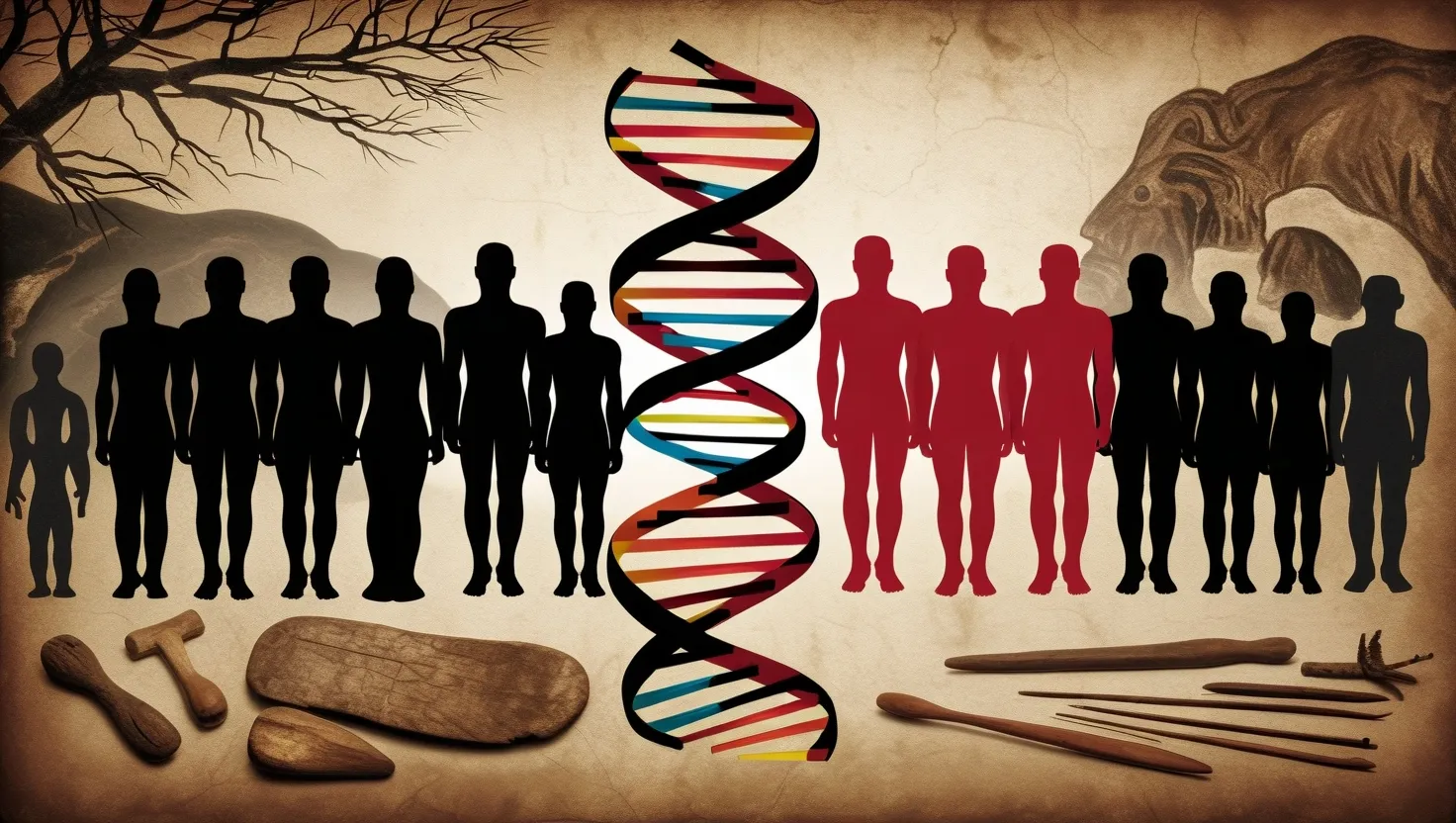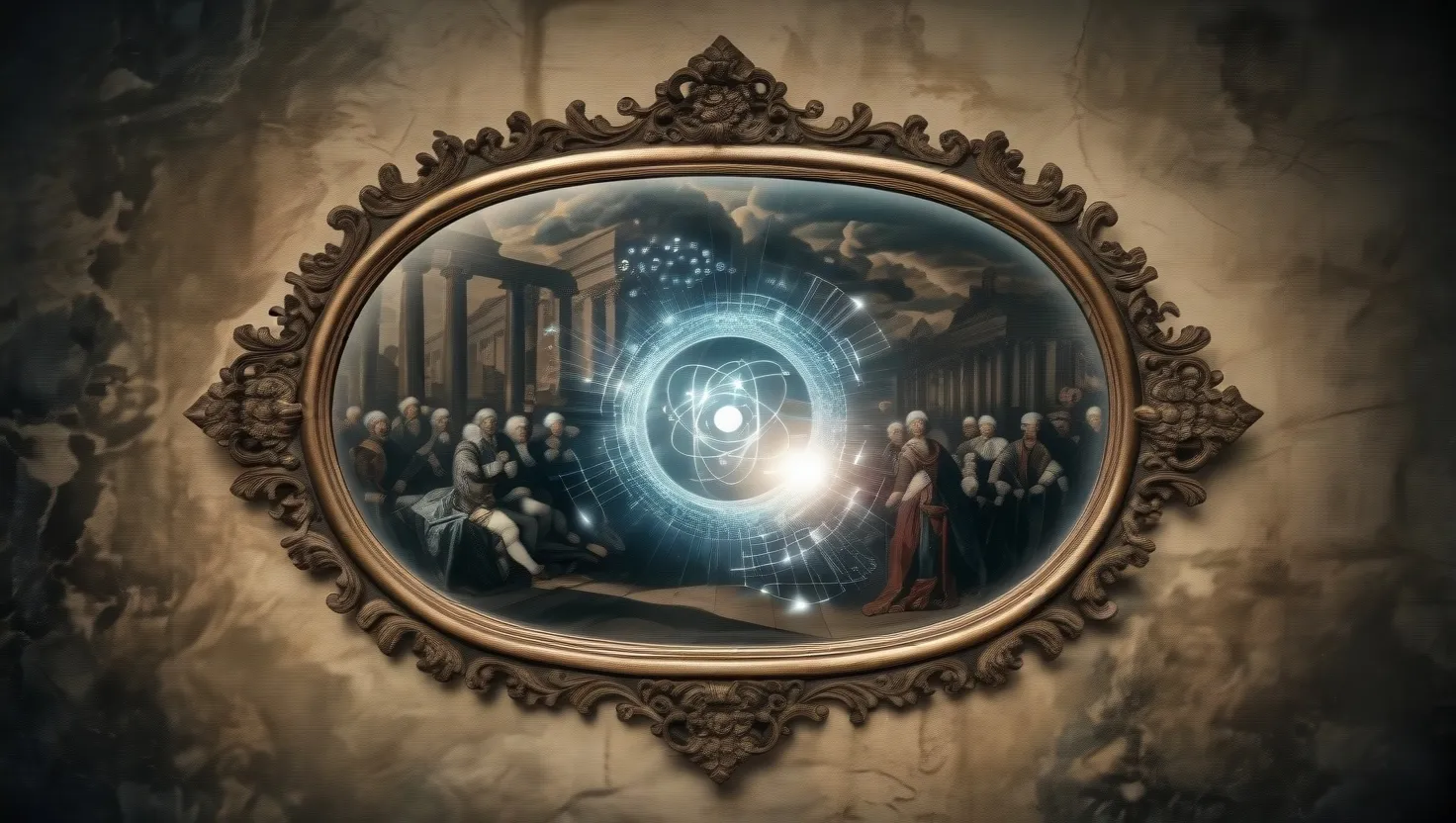Living in the San Francisco Bay area is thrilling, but it comes with the constant threat of earthquakes. That’s why architect Eugene Sway wanted to build a super-safe house for his elderly parents. To create a design that could withstand natural disasters, Eugene looked to the most indestructible creature on earth: the tardigrade. This tiny organism can endure extreme conditions, from freezing cold to the vacuum of space, offering valuable design insights for Eugene.
The first thing Eugene noticed about the tardigrade was its oval shape. This inspired him to incorporate curves into his house design to make it windproof. He constructed the house using blocks of recycled styrofoam cups, reinforced with concrete and steel rods. This continuous construction method spreads out earthquake forces, reducing damage. The styrofoam is packed so tightly that it’s not only fireproof but also waterproof, thanks to a plastic coating.
The house features two massive convex windows that function like magnifying glasses, filling the central atrium with sunlight. The window on the south side is specially angled to catch winter sun while blocking summer heat. These round windows are 30% more light-efficient and 200 times stronger than flat windows.
Inside, Eugene eliminated stairs in favor of ramps to accommodate his parents as they aged. In an earthquake, curved surfaces deflect the impact, reducing injuries from sharp edges and corners. The entire house, from ramps to furniture, follows this curvilinear design.
Despite all the thought and effort Eugene put into the house, his parents were more concerned with practical questions like the number of bedrooms and the kitchen location. Surprisingly, the new neighbors were much more impressed. They even mentioned moving into the area because of the house, which has become a neighborhood symbol.
Overall, Eugene’s innovative design combines safety, practicality, and inspiration from one of nature’s toughest survivors: the tardigrade.






